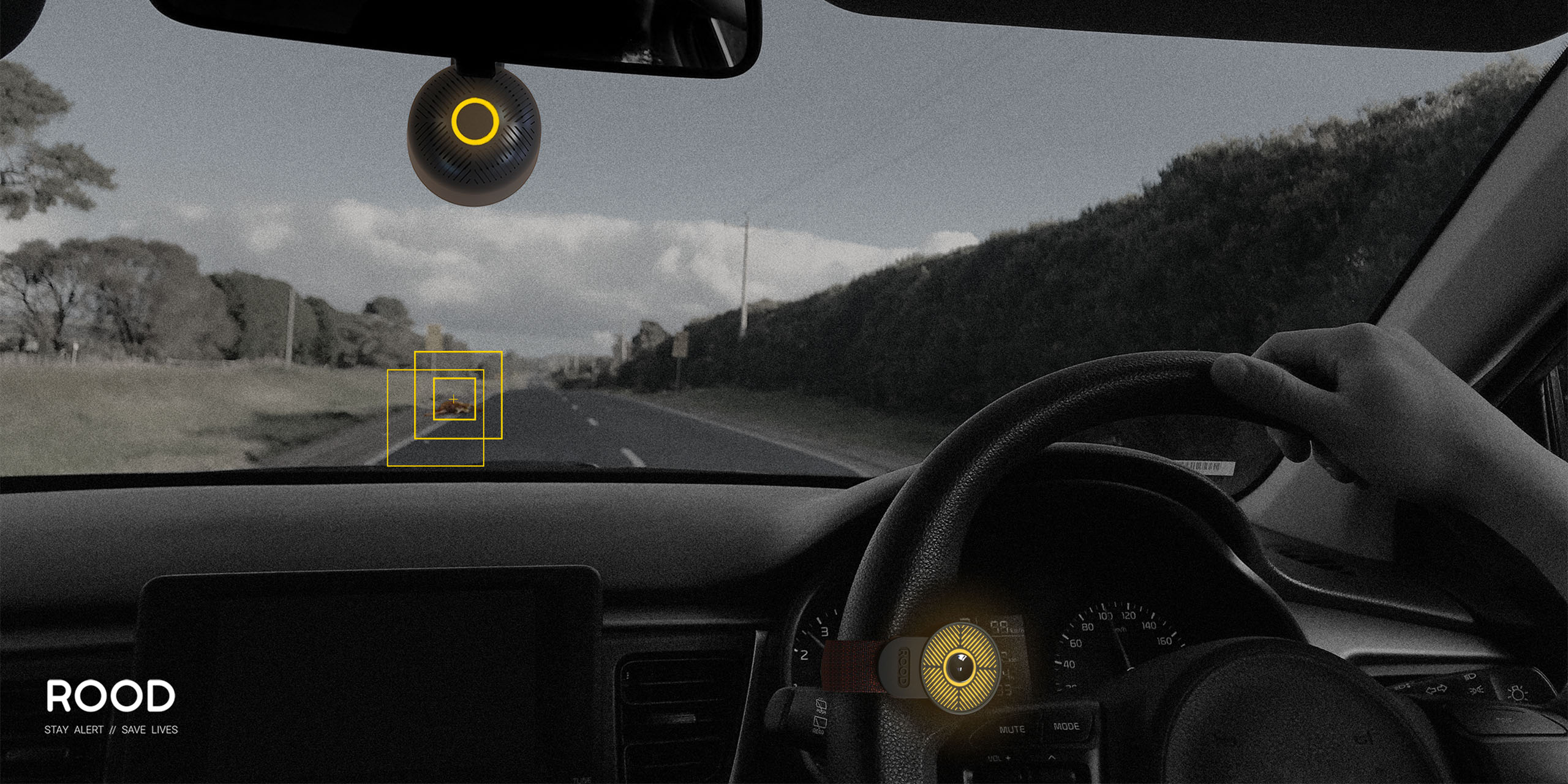ROOD empowers users to report the roadkill carcass GPS location and picture via the add-on device on the steering wheel and the dashcam.
The GPS location can be used to set up the instant alert to the drivers close by and highlight the permanent high-risk area based on the collision rate. The pictures will be used on machine learning, the machine can learn from the images that drivers recognise as carcasses.
Through learning from drivers, the system can be embedded in the autonomous car in the future which turns every car into a data collector.

